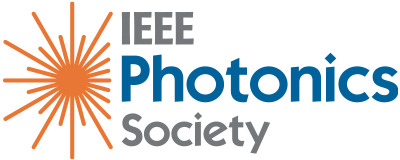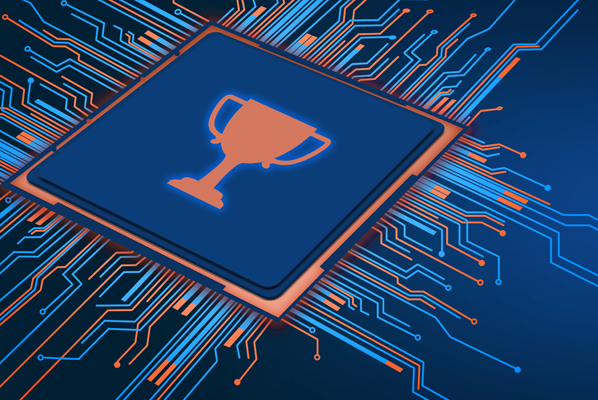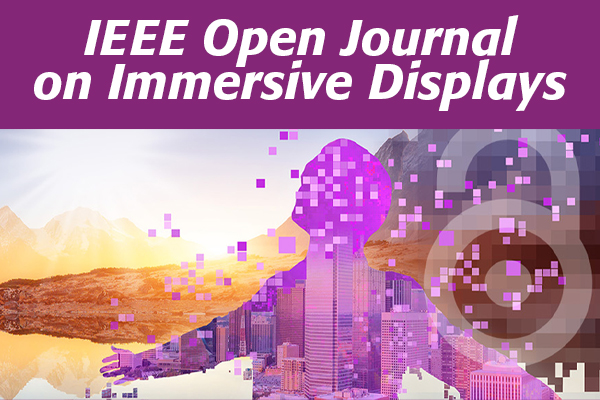Training a neural network to perform autofocusing on tissue sample images
IEEE JOURNAL OF SELECTED TOPICS IN QUANTUM ELECTRONICS, VOL. 29, NO. 4, JULY/AUGUST 2023 6800810; Digital Object Identifier 10.1109/JSTQE.2023.3248684

Bringing a microscopic world into focus is not as straightforward as adjusting a camera lens. Scientists have been grappling with the challenges of rapid autofocusing and enhancing the resolution of holographic images. Recently, a team of researchers at UCLA, led by Professor Aydogan Ozcan, has made significant advances in overcoming these hurdles.
The Team’s solution, the enhanced Fourier Imager Network (eFIN), is a deep neural network that is trained to autofocus the microscopic details of a holographic image with pinpoint accuracy. Simultaneously, the neural network enhances image resolution. eFIN’s autofocusing feature allows the network to work over a larger depth of field, rapidly covering more sample volume. Additionally, eFIN excels at performing pixel super-resolution, enhancing the spatial resolution of the reconstructed holographic images by at least 3-fold in each lateral direction.
In a series of experiments, the team trained their eFIN framework using holograms of human lung tissue samples, then tested its performance on new, unseen samples, including human lung, prostate, and salivary gland tissue sections as well as Pap smears. The results, , eFIN: Enhanced Fourier Imager Network for Generalizable Autofocusing and Pixel Super-Resolution in Holographic Imaging published in IEEE Journal of Selected Topics in Quantum Electronics, revealed that eFIN produced high-quality autofocused images with significantly improved resolution at a speed much faster than previous methods. Their trained eFIN model also exhibited “external generalization,” meaning that the system could accurately reconstruct and autofocus images of new types of objects never seen before.
This leap in holographic imaging promises a broad spectrum of applications, including label-free microscopy and quantitative phase imaging. This recent work presents a shining example of how deep learning and AI in general can revolutionize computational microscopy and sensing techniques.




